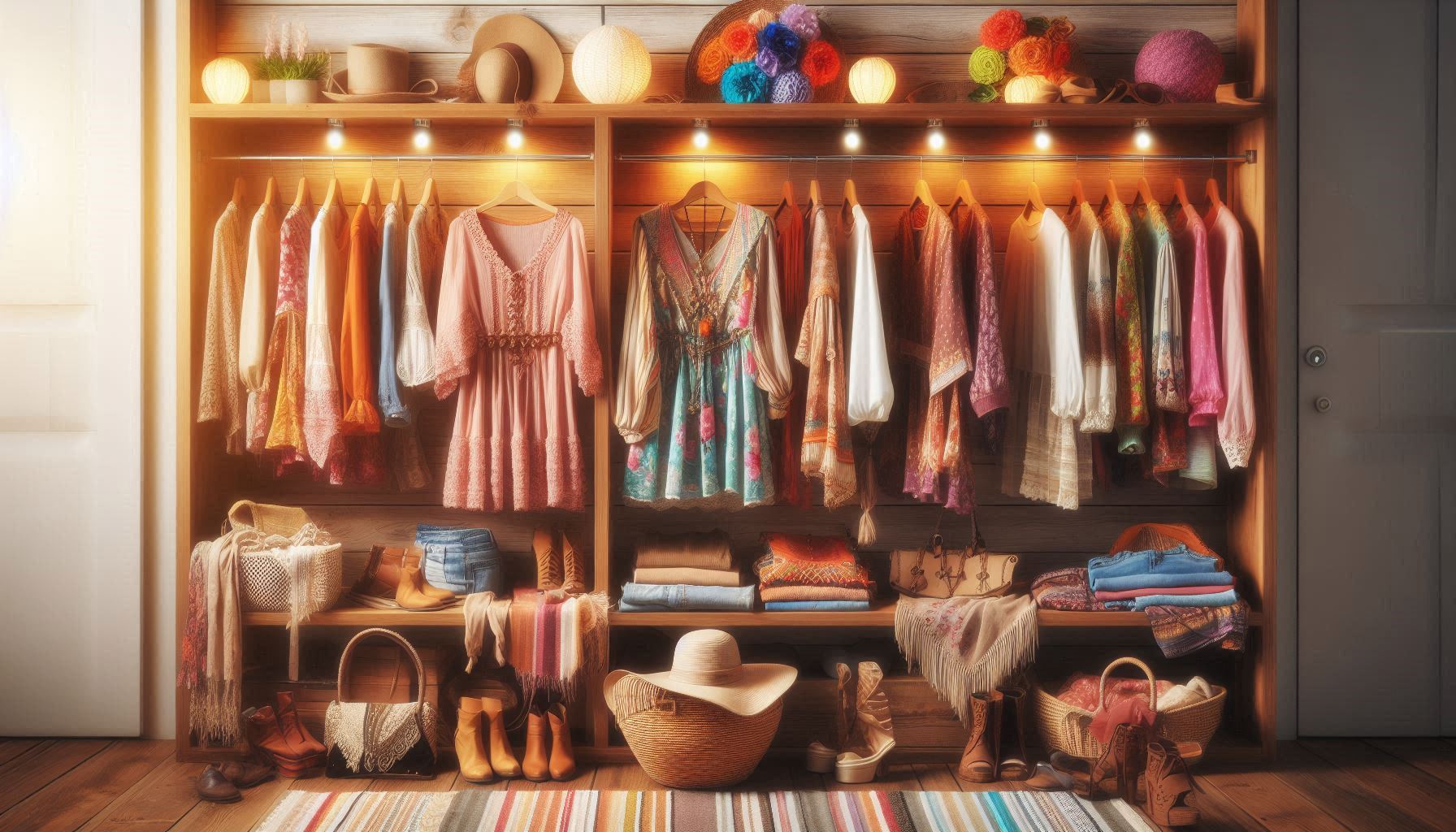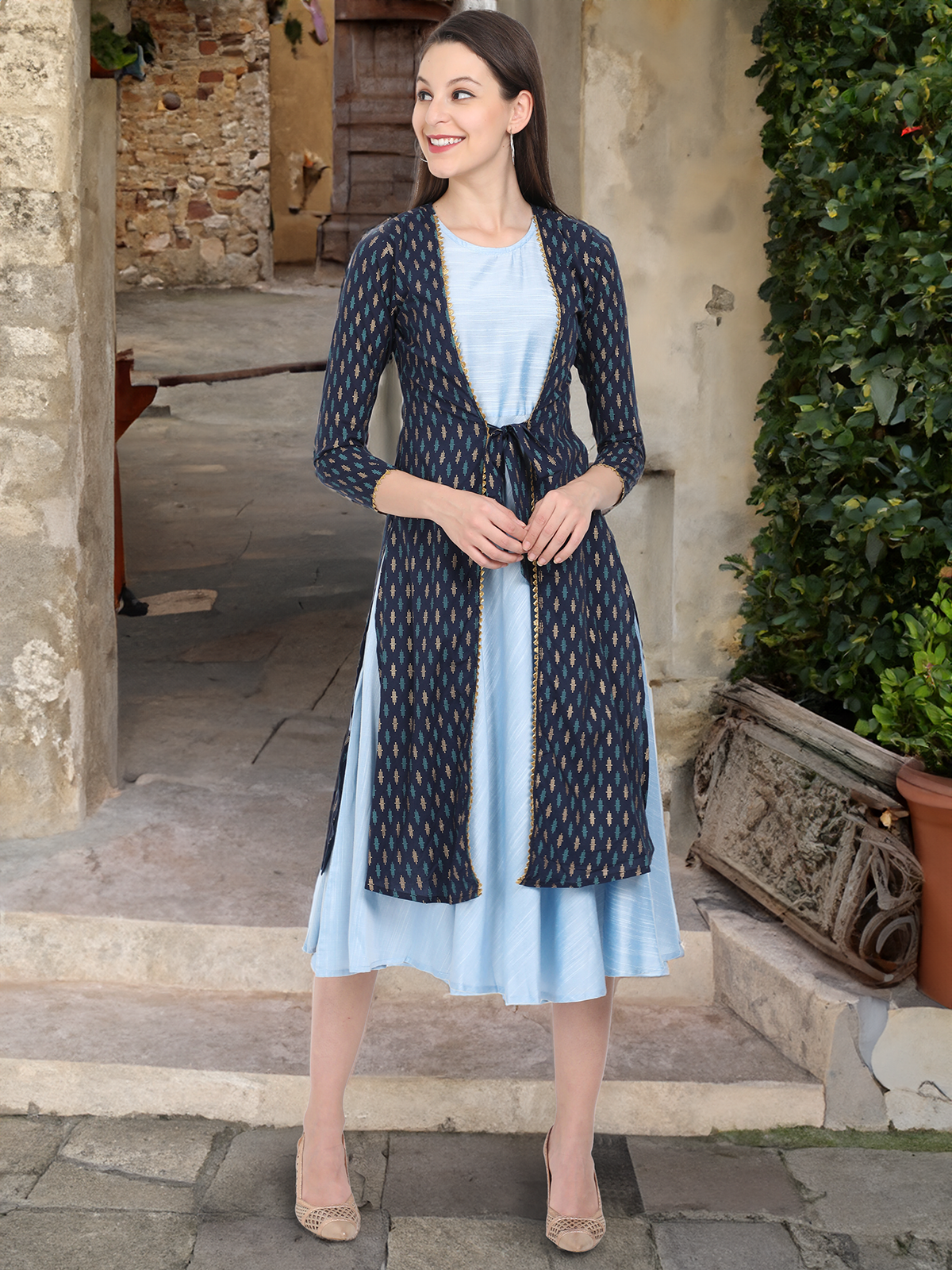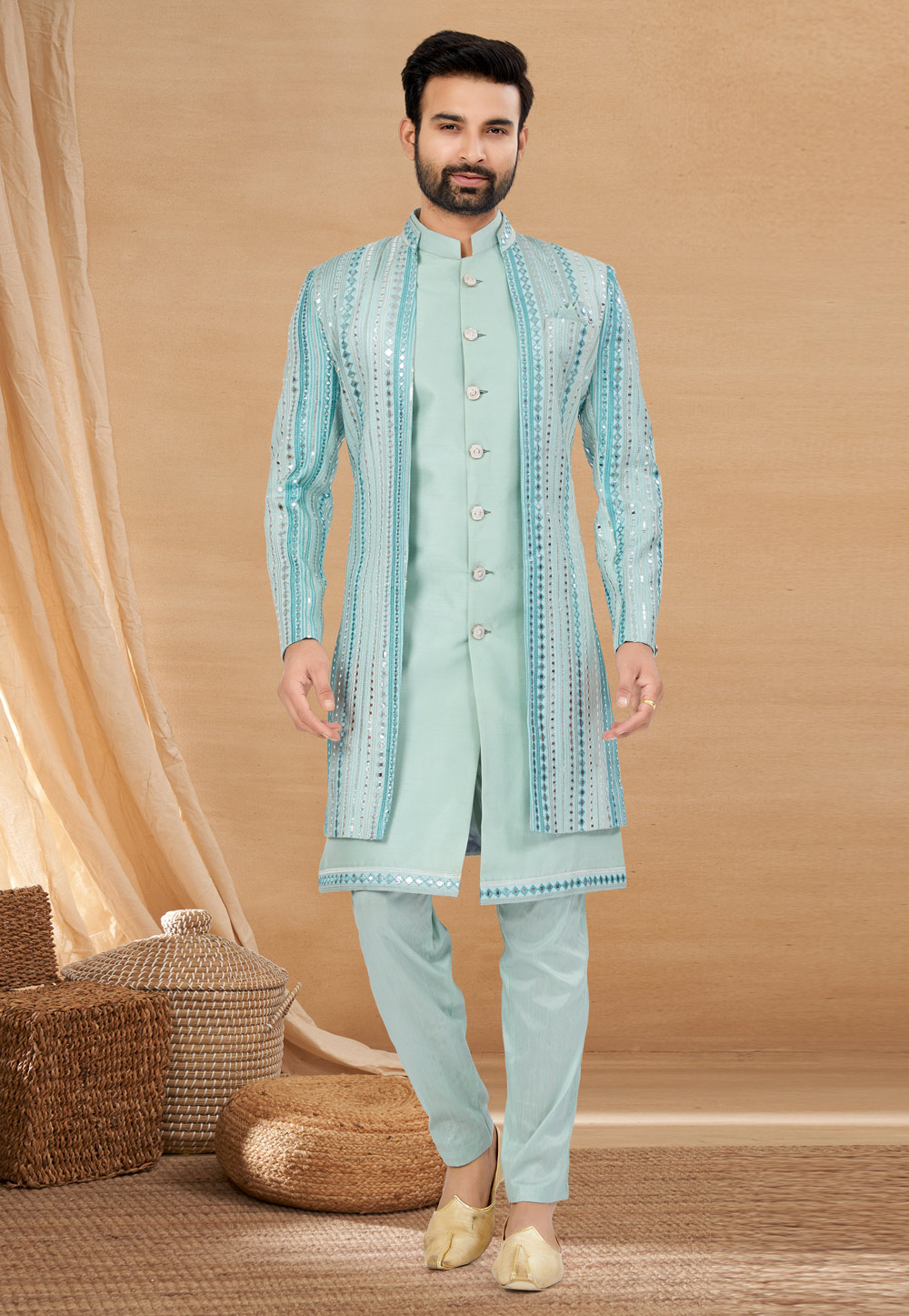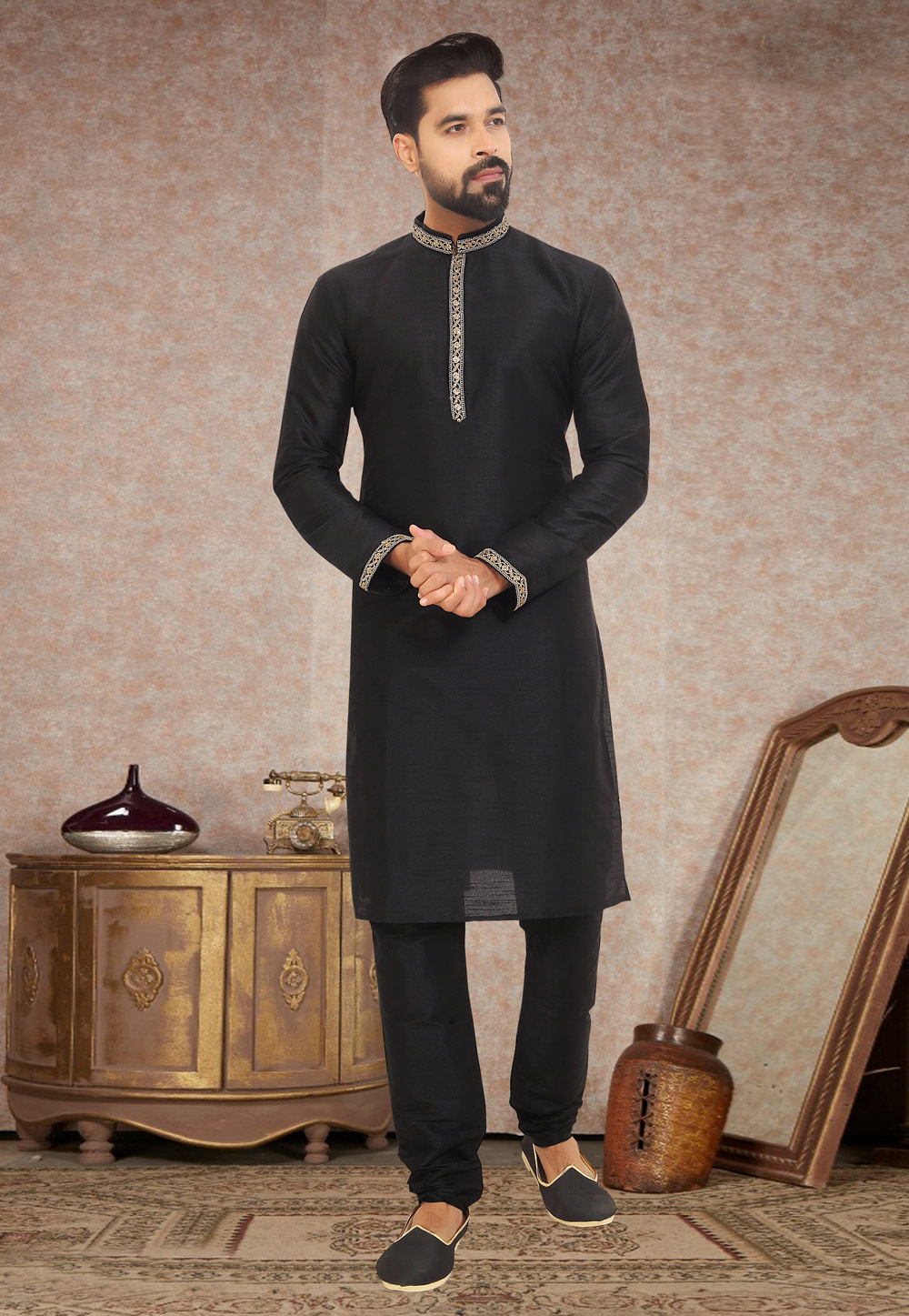Avoiding Common Pitfalls: How to Source Clothing for Retail Success

In the ever-evolving world of fashion retail, sourcing wholesale clothing is one of the most crucial steps in building a successful business. Whether you’re launching your dream boutique or scaling up your online fashion empire, the clothes you choose to sell will directly impact your brand’s reputation and profitability. But with so many suppliers, styles, and pricing options available, it’s easy to fall into some traps.
Here’s your go-to guide for avoiding them, so you can confidently source the perfect pieces for your store.
1. Rushing into a Supplier Relationship
It’s exciting to find a supplier, but don’t let that excitement cloud your judgment. One of the biggest mistakes retailers make is rushing into a partnership without taking the time to research the supplier thoroughly. You might be drawn in by the attractive price tags or the wide range of products, but without proper vetting, you could end up with low-quality goods, shipping delays, or unreliable customer service. Here’s a tip: Before sealing the deal, dig into the supplier’s reputation. Check reviews, ask for samples, and ensure they have a track record of reliability. Establishing a strong, long-term relationship is key, so make sure they align with your brand’s standards.
2. Getting into Price Wars
It’s natural to want the best price, but sourcing clothing based purely on cost is a rookie mistake. While everyone loves a good deal, choosing the cheapest option could mean sacrificing quality, which can harm your brand’s image. Think about it: nothing turns a customer off faster than poorly made clothing that doesn’t last. Here’s a tip: Focus on finding a balance between price and quality. A slightly higher price might seem daunting at first, but offering well-made clothing will ensure customer satisfaction and loyalty. Remember, your customers are paying for quality, not just a cheap price tag.
3. Ignoring Fashion Trends
It’s tempting to stick with what you know or what seems safe, but ignoring fashion trends can be a death knell for any retailer. The fashion world moves quickly, and what’s hot today can be out of style tomorrow. Retailers who fail to keep up with trends risk being left with stock that no one wants to buy. Here’s a tip: Stay ahead of the curve by regularly browsing fashion blogs, attending trade shows, and following #Sangrelia on social media. There are multiple platforms out there that are goldmines for spotting emerging trends. Doing your trend research will help you source clothing that appeals to your target audience and keeps your store fresh.
4. Underestimating Shipping and Delivery Times
Shipping might seem like a secondary concern when you’re focused on the clothes themselves, but overlooking shipping times and costs can lead to bigger problems down the road. There’s nothing worse than running out of stock right before a big sale or seasonal rush because your shipments didn’t arrive on time. Here’s a tip: Be sure to discuss shipping costs, timelines, before placing an order. Establish clear expectations around delivery dates, and always have a backup plan in case of unexpected delays. Remember, timing is everything, especially during peak shopping seasons.
5. Neglecting a Return and Refund Policy
As much as you hope everything will go smoothly, returns and refunds are a reality in retail. Many first-time buyers overlook the importance of negotiating return terms with their suppliers, only to face issues when things don’t go as planned. Whether it’s damaged items or incorrect orders, having a return policy in place can save you a lot of headaches. Here’s a tip: Before making a purchase, clarify the supplier’s return and refund policies. Ask about the process for defective goods, and make sure you’re both on the same page regarding how returns and exchanges are handled. This will help you avoid getting stuck with unwanted merchandise and create a smoother customer experience.
6. Lack of Inventory Control
Sourcing a great product is just half the battle. Without proper inventory management, you risk over-ordering on items that aren’t selling or running out of stock on your bestsellers. It’s an easy mistake to make when you’re overwhelmed with orders, but an organized inventory system is essential for long-term success. Here’s a tip: Implement inventory management software that can track stock levels, sales, and order history. This will help you avoid stockouts and excess inventory, ensuring you always have the right items available when customers want them. Smart inventory management keeps your cash flow healthy and your store running efficiently.
7. Failing to Consider Sustainability
Consumers today are more conscious than ever about where their clothes come from and how they’re made. Ignoring sustainability concerns when sourcing wholesale clothing can turn away a significant portion of your customer base. It’s no longer enough to simply offer stylish pieces; ethical production practices matter, too. Here’s yet another tip: Embrace sustainable and ethical sourcing. Look for suppliers who use eco-friendly materials, support fair labor practices, and minimize waste. Not only will this appeal to eco-conscious consumers, but it will also set your brand apart in a crowded market. Make sure to communicate your brand’s commitment to sustainability.
8. Sticking to One Type of Product
When you’re first starting out, it’s tempting to focus on one particular type of clothing. While it’s important to have a niche, limiting your product range too much can leave you vulnerable if trends change or customer preferences shift. Here’s a tip: While it’s important to have a clear brand identity, don’t be afraid to diversify your offerings. Include a variety of styles, sizes, and price points in your collection to attract a wider audience. A mix of classic staples and trendy pieces will give your customers more options and keep your store dynamic.
9. Not Building Relationships with Suppliers
Building a solid, professional relationship with your suppliers is one of the most important aspects of successful sourcing. Unfortunately, many retailers treat suppliers as just transactional partners rather than long-term collaborators. This can lead to missed opportunities for better deals, priority access to new collections, or custom designs. Here’s a tip: Take the time to develop a strong relationship with your suppliers. Keep communication open, be clear about your needs, and foster a sense of mutual trust. Suppliers who know they can rely on you are more likely to go the extra mile when it comes to customer service or special requests.
10. Not Having a Backup Plan
Even with the best-laid plans, things don’t always go as expected. Unexpected shortages, quality issues, or shipment delays can all throw a wrench in your sourcing strategy. Failing to have a contingency plan can leave you scrambling when things go wrong. Here’s a final tip: Always have a backup plan in place. Work with multiple suppliers, and keep an eye on inventory levels to anticipate any shortfalls. Having alternative sources lined up will ensure you’re never caught off guard if one supplier can’t deliver as expected.
Sourcing Wholesale Clothing the Smart Way with Sangrelia
Sourcing wholesale clothing can be a rewarding experience, but it requires careful attention to detail. By avoiding these common mistakes and approaching the process with patience and research, you can build a successful and sustainable retail business that meets your customers’ needs and exceeds their expectations.
So, whether you’re just starting out or looking to improve your existing inventory, remember: success in retail isn’t just about finding the right clothes-it’s about building strong partnerships, staying ahead of trends, and keeping your customers’ needs front and center. Get ready to source with confidence, and watch your business soar.













